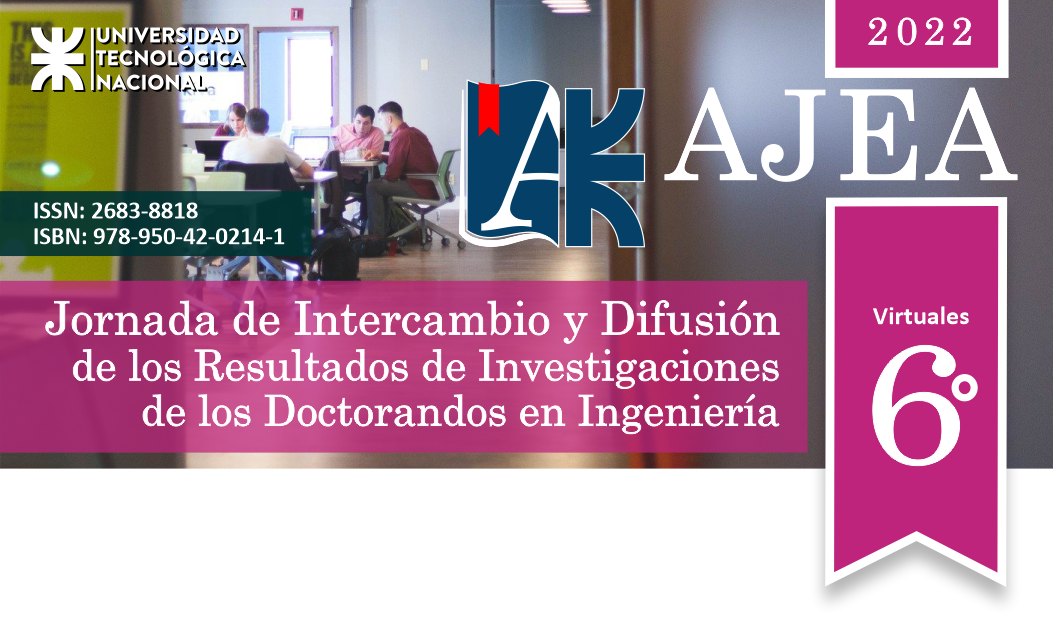Mesoporous catalysts based on renewable precursors for recovery of residual glycerol
DOI:
https://doi.org/10.33414/ajea.1059.2022Keywords:
Hydrogenolysis, Mesoporous solids, Renewable precursors, GlycerolAbstract
At present, the challenge in the development of processes for the chemical industry must tend to maximize global efficiency by integrating environmental, energy and economic parameters that provide sustainability. In this context, it is imperative to the study materials and implements catalytic systems with advanced properties able to meet current demands. The flexibility in the design of mesoporous solids allows to address these challenges not only from their chemical modification with specific active functions but also from the exploration of new synthesis strategies based on the use of renewable precursors and cleaner and simpler methodologies.
The purpose of this plan is based on the design, synthesis and characterization of new mesoporous nanomaterials from renewable precursors, modified with metals by employing more environmentally friendly methodologies in order to be applied as bifunctional catalysts in the hydrogenolysis reaction of glycerol to produce bioglycols.










